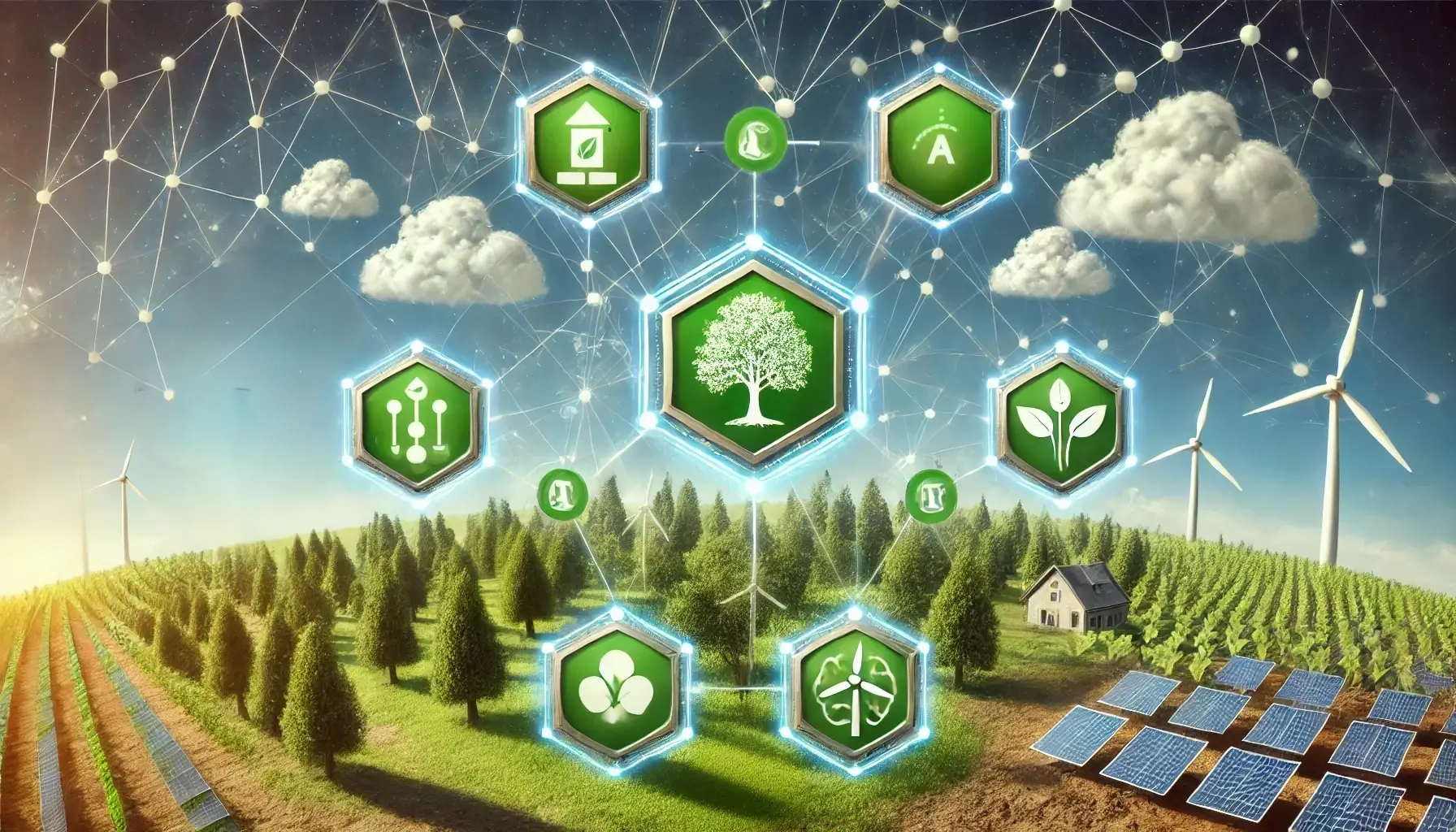
The Role of Web3 in Climate Action: Tracking Carbon Credits, Tree Planting, and Eco-Friendly Initiatives
In the fight against climate change, transparency, and accountability have become essential in ensuring that climate action initiatives achieve their intended outcomes. From carbon credits to tree-planting campaigns, these efforts require robust systems to monitor and verify progress. This is where Web3 technology, with its decentralized and immutable nature, steps in as a game-changer. By leveraging blockchain, smart contracts, and decentralized networks, Web3 offers a transparent and secure way to track and verify eco-friendly projects, enhancing trust and efficiency in global climate action.
Decentralized Technology for Carbon Credits
Carbon credits are permits that allow organizations to offset their greenhouse gas emissions by supporting environmental projects, such as renewable energy ventures or reforestation efforts. However, the traditional carbon credit market has faced challenges such as fraud, double-counting, and lack of transparency. Web3 offers a solution by providing a decentralized, tamper-proof ledger where carbon credits can be issued, tracked, and verified.
By using blockchain, carbon credits can be tokenized, ensuring that each credit is unique and cannot be duplicated or manipulated. Smart contracts—self-executing contracts with the terms directly written into code—can automate the verification process, ensuring that carbon credits are only issued when the associated climate action has been validated by third-party auditors. This decentralization removes the need for intermediaries, reducing costs and improving trust in the carbon credit system.
One example of Web3’s potential in this space is the development of decentralized carbon marketplaces. These platforms allow buyers and sellers to trade carbon credits peer-to-peer, with all transactions recorded on the blockchain. The transparent nature of these systems enables stakeholders to verify the origin and legitimacy of the carbon credits, ensuring that they are linked to real, impactful environmental projects.
Tracking and Verifying Tree-Planting Projects
Tree-planting initiatives are a popular method for capturing carbon and supporting biodiversity, but they also come with challenges related to tracking and verifying the actual planting and maintenance of trees. Traditional reporting methods often rely on third-party organizations or governmental bodies, which can be prone to errors, delays, or corruption.
Web3 technology can transform this process by providing decentralized verification of tree-planting projects. Blockchain-based systems can track every stage of a tree’s life cycle, from the initial planting to its long-term growth. Smart contracts can be employed to automatically release funds or rewards to tree-planting organizations only after independent validation has been conducted, ensuring that tree planting occurs as planned.
Projects like Tree-Nation, which partners with MapMetrics to allow users to use their rewards for tree planting, highlight the potential of decentralized networks in supporting reforestation efforts. Blockchain’s transparency provides stakeholders with confidence that their contributions are going to verifiable and impactful projects, fostering greater trust in eco-friendly initiatives.

Boosting Transparency in Eco-Friendly Projects
Beyond carbon credits and tree planting, decentralized technology can improve the management of a wide range of eco-friendly projects, from waste reduction programs to renewable energy installations. In traditional systems, monitoring the environmental impact of these initiatives often relies on centralized databases and institutions, which can introduce inefficiencies and vulnerabilities.
Web3’s decentralized nature eliminates the reliance on centralized entities, making data collection and verification more efficient and secure. This approach provides a global, decentralized ledger where real-time data about environmental projects can be stored and accessed by anyone. Individuals, governments, and organizations can contribute to and audit eco-friendly projects with confidence, knowing that the data cannot be altered or hidden.
Additionally, the community-driven nature of Web3 incentivizes participation. Decentralized Autonomous Organizations (DAOs) can be set up to oversee environmental initiatives, allowing community members to vote on project proposals and allocate funds transparently. DAOs ensure that decisions are made collectively and that resources are directed towards impactful initiatives, reducing the risk of mismanagement.
Empowering Individuals and Communities
Web3 technology also empowers individuals and communities to take a more active role in climate action. By tokenizing carbon credits, tree-planting rewards, or participation in eco-friendly projects, individuals can directly contribute to environmental efforts while earning digital assets or rewards. This incentivization model not only encourages broader participation but also makes climate action more accessible to people worldwide.
Through decentralized finance (DeFi), eco-friendly projects can also access alternative funding sources. Instead of relying solely on traditional financing or governmental grants, climate action initiatives can raise funds from decentralized networks, attracting global contributors who support the project’s vision.
結論
As the world grapples with the climate crisis, the need for transparent, efficient, and accountable systems has never been greater. Web3 technology, with its decentralized, immutable, and transparent nature, offers a solution that addresses many of the challenges faced by traditional climate action initiatives. From tracking and verifying carbon credits to supporting tree-planting and eco-friendly projects, Web3 empowers individuals, communities, and organizations to drive meaningful environmental change. By leveraging decentralized technology, we can build a more sustainable future, one that fosters trust, accountability, and collaboration on a global scale.


